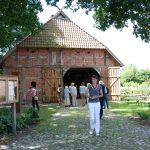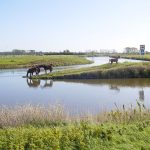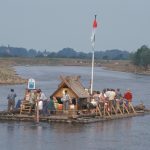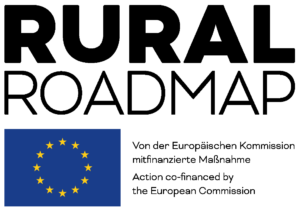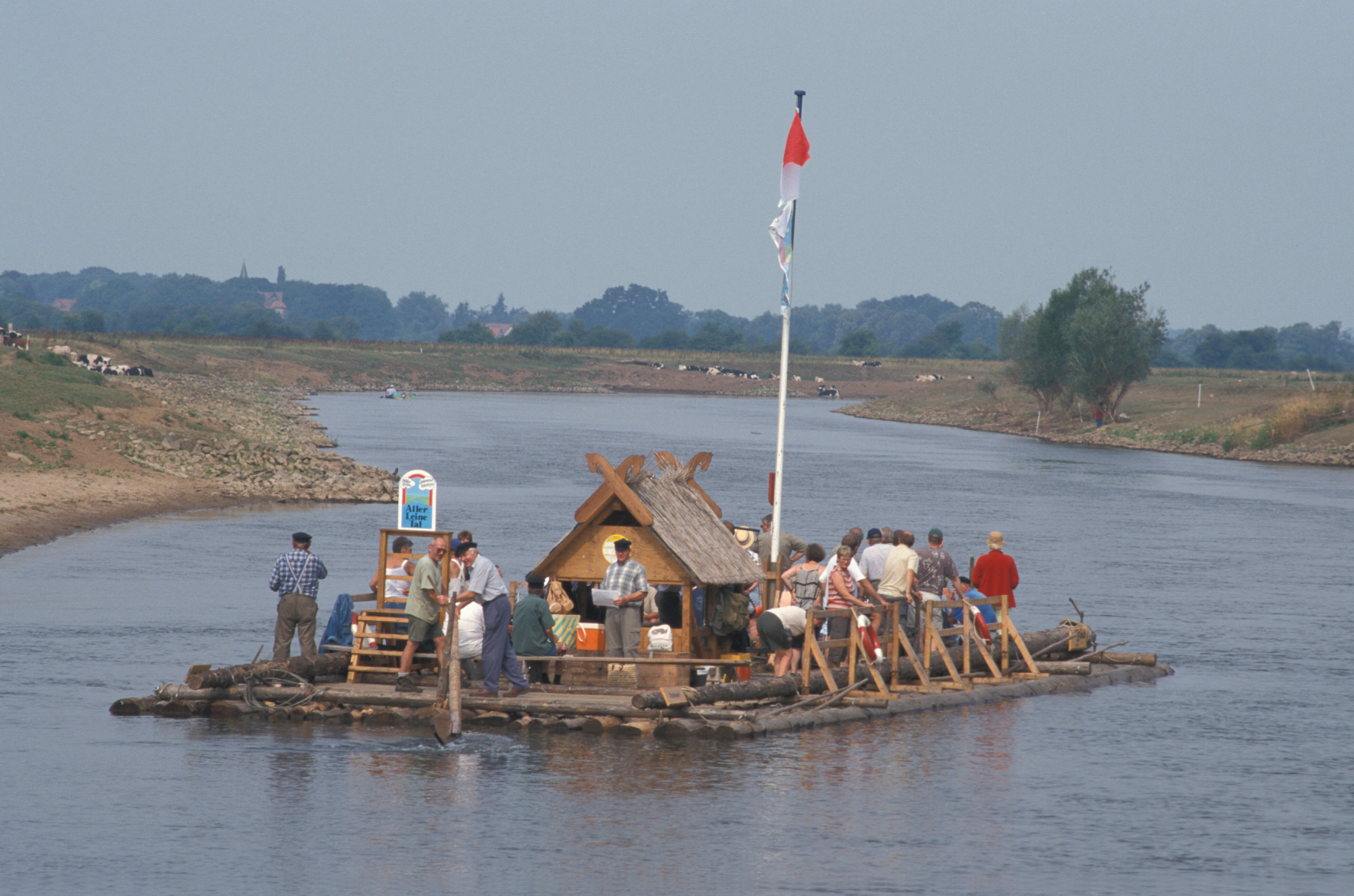
Aller-Leine Valley, Lower Saxony, Germany
The Aller-Leine Valley, a future-orientated, regional model project, encompasses the municipalities Ahlden, Rethem and Schwarmstedt and has approximately 23,500 inhabitants spread over a total surface of 33,500 ha. The population has increased continuously during the past decades and due to its varied natural and cultural landscape and the vicinity to the metropolis Hamburg, Hanover and Bremen, the region is gaining in importance, both as a residential area and as a recreation area. The number of commuters out of the region however is double as high as the number of commuters into the region; the work places within the area are mainly within the sectors commerce, hotel and restaurant business, traffic and services.
Between 1995 and 2001, the conceptional and strategic basis for regional cooperation was the agrar-structural development plan combined with the renewal of villages in the region, followed by the respective leader programs. In addition, all locations of the Aller-Leine Valley have plans to renew the villages, closely interlinked on a regional level. A material element of the regional development process is the continuous involvement of the citizens and regional and external specialists in the areas planning and decision-making processes.
The Aller-Leine Valley is characterized by a varied mosaic of grassland, fields, forests and the occasional heath and moorland The existing hedges and the inland dunes covered with woods are important elements of the landscape and a valuable habitat for numerous animals. About 2.2% oft he total surface have been turned into natural reservations. The agricultural sector increasingly engages in growing products typical for the region, such as asparagus and blueberries, as well as the production and direct marketing of organic products, since intensive farming would change the landscape and counteract the effort of touristic development towards gentle hiking, biking and water tourism. Measures such as the indication and implementation of energy saving in agricultural enterprises and the project “Farmers protect the Environment” in order to improve biodiversity are also evidence of this approach.
In the area of rural development the outlook of the villages typical for the region are being maintained successfully, including intact rural structures and the function of central areas. Projects like the “Residential Project for Seniors in Schwarmstedt”, the “Joint Planned Use of Surfaces for Wind Energy” and the “Development Area Sophie-Dorothea-Ring in Ahlden” bear witness thereto. Exemplary is also the new development of the Burghof Rethem, under consideration of the historical walls of the yard of the castle from the 13th/14th century and considerations regarding sustainable energy supply. It serves as a cultural centre for citizens and is surrounded by a number of buildings worth protecting, which are being refurbished by the villages and then used for seminars on art and trade or as a youth centre. The use of the former storage room for flour as a Café is also remarkable, as is the use of the old workshop as a seminar house and the former pig stables as a multifunctional building complex with fitness centre, coffeehouse, sauna and B&B and the project “New Energy in Protected Houses”.
A real highlight in the Aller-Leine Valley is the area of renewable energies. In the year 2009, for example, 74% of the energy consumed came from renewable energy sources. This equals 76.7 MW, of which 55.0 MW came from wind energy, 16.8 MW from the use of bio gas, 3.3 MW from water and 1.6 MW from photovoltaic plants. With growing sensitivity the need for energy and the protection of historical structures or interests of food production, environmental protection and tourism respectively have been balanced. The regional solar brochures and solar fairs with the regional trade should also be mentioned. There are solar powered per-schools in Hodenhagen and Häuslingen using geothermal energy, solar equipment and photovoltaic plants as well as energy boards in order to create awareness. 100% independence of the region in the area of electricity use is envisioned until the year 2013.
Among other things, the vivid social life also deserves to be mentioned, the operation of the art school PINX and the establishment of the Telehaus in the year 1998 to promote the use of modern information and communication technology, the qualification of locals in the areas IT and to strengthen the regional identity. Originally started with two employees, the Telehaus now employs eight staff. Overall, in the Aller-Leine Valley the quality of life of the citizens is promoted, as well as the creation of a sustainable region with a children and family friendly environment worth living in, where responsibility for the individual and society at large are linked to each other.
Evaluated: 2010
